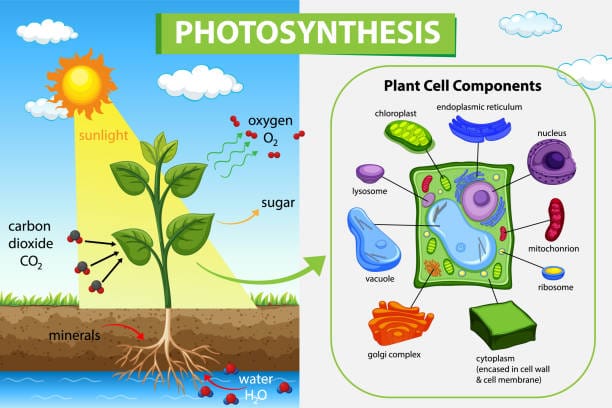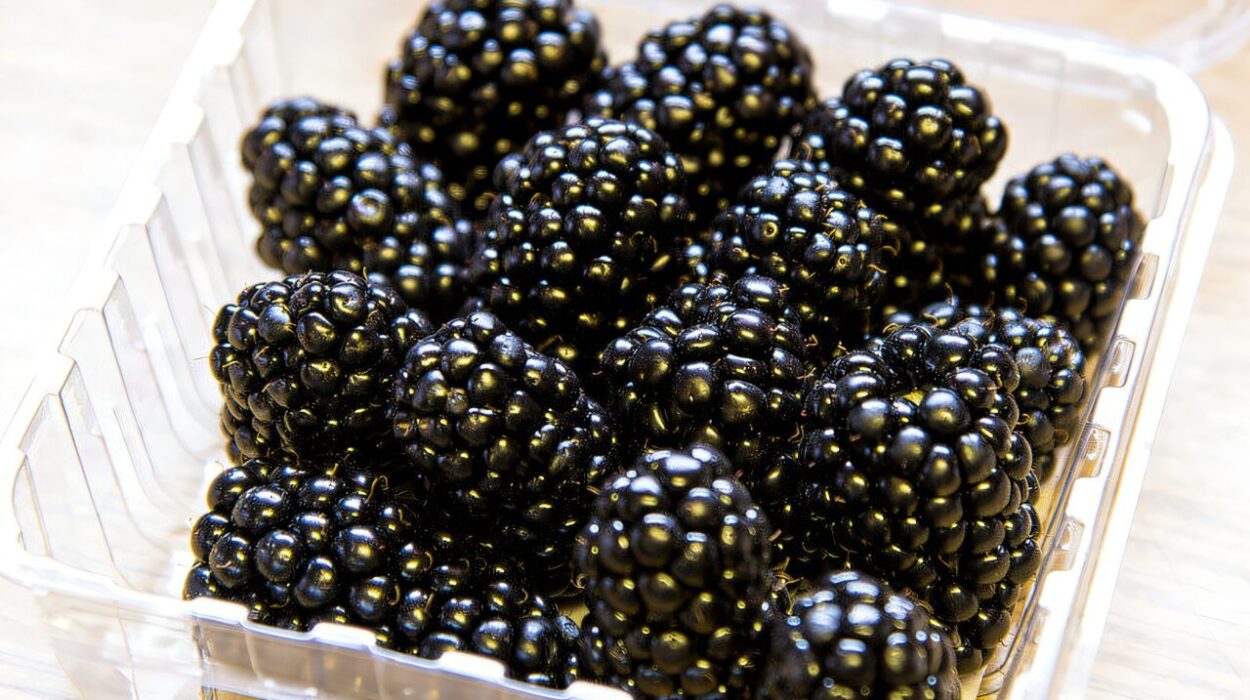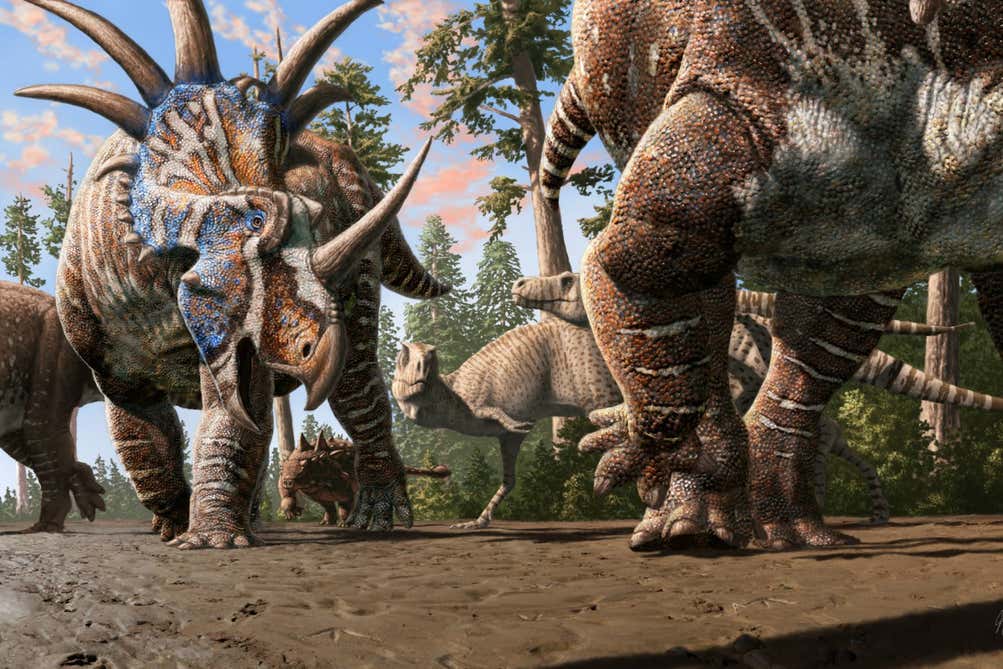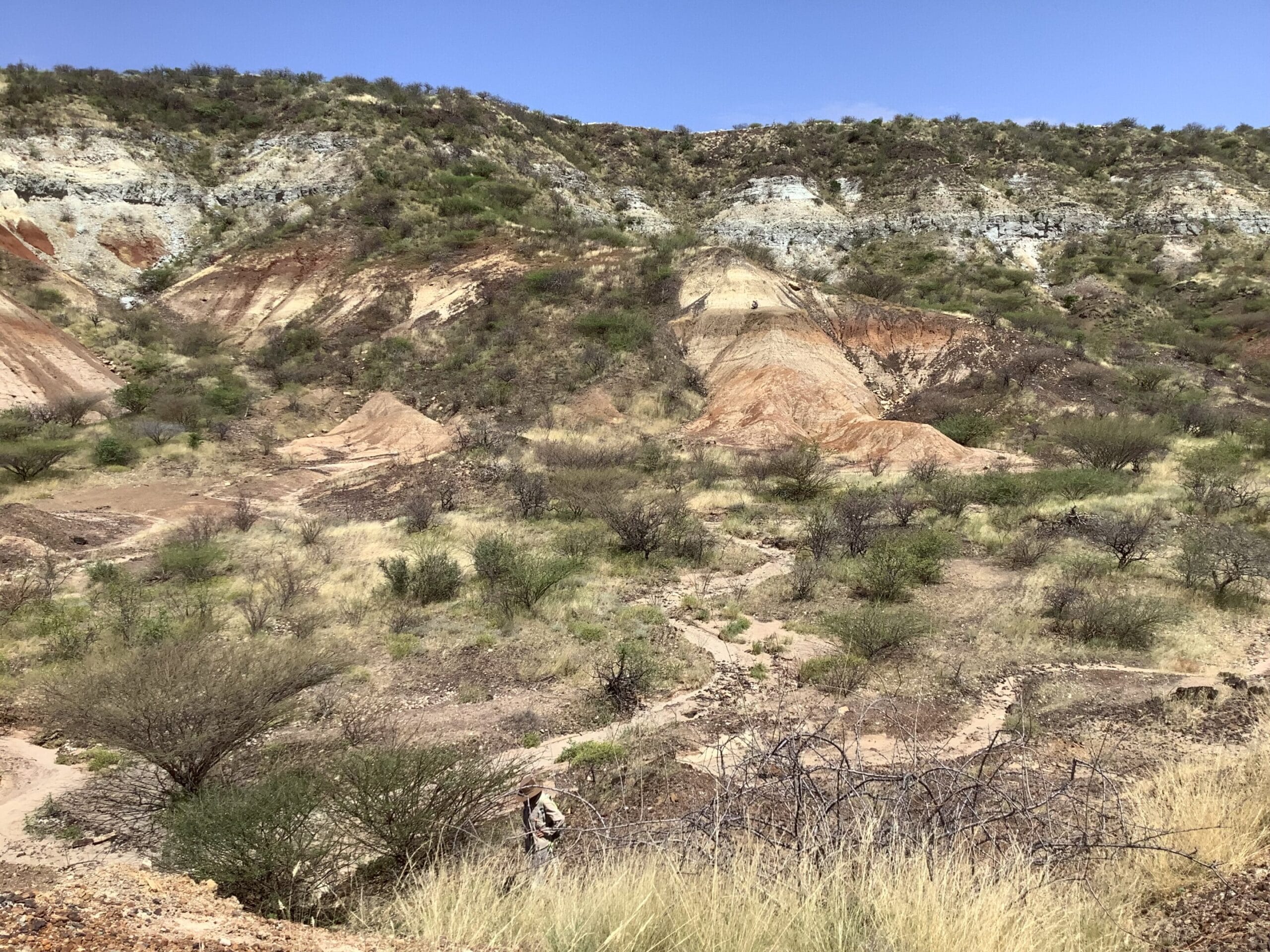Long before animals roamed the Earth or eyes gazed at stars, a quiet miracle was unfolding in the shallows of ancient seas. Billions of years ago, a form of life emerged that could do something extraordinary—it could drink light. Not in the poetic sense, but in the literal, biochemical reality. These were the early photosynthetic organisms, and through them, the Sun found its voice on Earth.
From the moment photosynthesis began, everything changed. The atmosphere transformed, the chemistry of oceans shifted, and the stage was set for the eventual rise of complex life. Photosynthesis was not just another adaptation in evolution—it was the spark that lit the fuse for all multicellular complexity. It was Earth’s most radical invention.
At the heart of this process lies a deep and elegant truth: the ability to take sunlight, water, and carbon dioxide—and turn it into food. It’s a quiet alchemy performed by plants, algae, and cyanobacteria, every second of every day. While we chase energy in wires and fuel tanks, photosynthesis captures energy from the stars with nothing more than pigment and protein.
The Chemistry of Light and Life
Photosynthesis, in its most distilled chemical form, is deceptively simple:
6CO2+6H2O+light energy→C6H12O6+6O26CO_2 + 6H_2O + light\ energy → C_6H_{12}O_6 + 6O_2
Carbon dioxide, water, and sunlight yield glucose and oxygen. A straightforward equation—but within it lies one of the most astonishing orchestrations of physics, chemistry, and biology that life has ever achieved.
Inside a green leaf, in microscopic structures called chloroplasts, sunlight is intercepted by chlorophyll molecules—those iconic green pigments. When photons of light strike chlorophyll, they excite electrons to a higher energy state. This energy is then used to split water molecules, releasing oxygen as a byproduct and capturing the hydrogen and electrons needed to build carbohydrates.
It’s a dance that happens at the molecular level but has planetary consequences. The oxygen we breathe? It’s a leftover from this process. The food we eat, from carrots to corn to cows that graze on grass—it all begins with the sugar forged in the fire of the sun, through photosynthesis.
The Ancients Who Changed the Sky
Photosynthesis didn’t appear all at once, nor did it begin with plants. The earliest known photosynthetic organisms were cyanobacteria, which emerged more than 2.4 billion years ago. These microscopic engineers reshaped the world in ways we still live with.
In the ancient Earth’s atmosphere, oxygen was almost nonexistent. But as cyanobacteria photosynthesized, they began releasing oxygen as a byproduct. At first, this oxygen reacted with dissolved iron in the oceans, leading to vast deposits of iron oxide—rusted iron formations still visible in ancient rocks today.
Eventually, the oxygen began accumulating in the atmosphere. This is known as the Great Oxygenation Event, and it was both a blessing and a curse. To anaerobic organisms that had evolved in a world without oxygen, this new gas was toxic. Mass extinctions followed. But for future life—us included—oxygen was a gift. It enabled aerobic respiration, a much more efficient way to extract energy from food.
Photosynthesis didn’t just fuel life. It fundamentally transformed the biosphere.
Chloroplasts: The Green Engines of the Cell
It wasn’t until over a billion years later that photosynthesis jumped from bacteria to plants. The story begins with a moment of cosmic intimacy: endosymbiosis. A eukaryotic cell engulfed a cyanobacterium, not to digest it, but to partner with it. Over time, that cyanobacterium evolved into what we now call a chloroplast.
Every green cell in every leaf is filled with these tiny solar panels. They contain not only chlorophyll but their own DNA, a lingering signature of their bacterial ancestry. The chloroplast is more than a part of the cell—it is a symbol of cooperation between different forms of life.
When sunlight hits a leaf, a complex cascade of reactions begins. There are two major phases: the light-dependent reactions, which generate energy-rich molecules (ATP and NADPH), and the Calvin cycle, which uses those molecules to fix carbon dioxide into sugar. The entire process is a marvel of engineering—precise, coordinated, and astonishingly efficient.
Oxygen: The Unintended Gift
It is one of the greatest ironies of life that oxygen—essential to our survival—is merely a byproduct of photosynthesis. Plants don’t produce oxygen for us. They do it because splitting water molecules is the easiest way to grab electrons for building sugar.
And yet, this incidental gift changed everything. Oxygen enabled cells to grow larger and more complex. It fueled the development of brains, muscles, and multicellular bodies. It made animals possible. It made us possible.
Even today, more than half of the oxygen we breathe is not from forests, but from phytoplankton—microscopic photosynthesizers in the ocean. Every breath we take is a quiet echo of that ancient bacterial metabolism.
The Energy Economy of Earth
Without photosynthesis, there is no food chain. No ecosystems. No life as we know it. All of our energy, directly or indirectly, traces back to sunlight captured by green cells.
Even fossil fuels—coal, oil, and natural gas—are the fossilized remains of photosynthetic organisms that lived millions of years ago. When we burn them, we are releasing ancient sunlight trapped in carbon chains. Our industrial civilization, with all its machinery and modernity, runs on photosynthesis past and present.
But there’s a catch. The same process that fuels life also balances Earth’s carbon cycle. Plants absorb carbon dioxide and lock it into biomass. Forests, grasslands, and oceans act as carbon sinks, drawing down the CO₂ that animals and human activity release. Disturb this balance, and the climate begins to wobble.
Photosynthesis and Climate
Today, humanity faces a crisis born of imbalance. We are releasing carbon dioxide faster than the planet can absorb it. Deforestation, industrial farming, and fossil fuel combustion have overloaded the atmosphere with greenhouse gases.
Photosynthesis remains our most powerful ally. Trees, plants, algae—they are the only large-scale, natural system that can remove CO₂ from the air. Every time we plant a forest, restore a wetland, or cultivate regenerative agriculture, we are leaning on photosynthesis to heal the planet.
But we must also be careful not to romanticize. Photosynthesis has limits. There are thresholds of saturation, and climate change itself—through heatwaves, droughts, and wildfires—is weakening the photosynthetic capacity of ecosystems. If we continue to disrupt this process, we risk not only the collapse of biodiversity, but the unraveling of the climate system itself.
Agricultural Miracles and Green Revolutions
For most of human history, agriculture was a delicate dance with sunlight. Farmers depended on photosynthesis not just for crops, but for soil fertility, pest control, and seasonal rhythms.
The Green Revolution of the 20th century introduced synthetic fertilizers, pesticides, and high-yield crop varieties. These innovations increased food production dramatically, but also severed our understanding of how dependent we remain on photosynthesis. Monocultures, soil degradation, and reliance on fossil fuels began to eclipse the natural cycles of photosynthetic health.
Today, a new revolution is brewing—one based on ecological knowledge. Agroforestry, vertical farming, and bioengineering are all ways we’re trying to enhance or mimic photosynthesis for food security. Scientists are even exploring ways to improve photosynthetic efficiency in crops through genetic editing—offering the possibility of feeding a growing population while reducing land and water use.
Artificial Photosynthesis: Building Synthetic Leaves
Perhaps the most ambitious dream in energy science is to recreate photosynthesis in the lab. Artificial photosynthesis aims to capture sunlight and turn it into fuel, just like plants do—but with human-engineered materials.
Researchers have built prototypes of “synthetic leaves” that use sunlight to split water and produce hydrogen gas. Others are designing carbon capture systems that mimic the Calvin cycle to convert CO₂ into useful compounds.
While still in early stages, the potential is enormous. Artificial photosynthesis could offer clean, renewable energy without the ecological footprint of traditional solar panels or biofuels. If successful, it could close the loop—letting us power civilization with the same principle that powers a leaf.
The Hidden Intelligence of Plants
Photosynthesis is only one part of the plant story. Increasingly, scientists are discovering that plants are not passive light collectors—they are complex, responsive organisms with sophisticated internal communication.
Through photosynthesis, plants regulate not only their own energy needs but also coordinate responses to pests, weather, and neighboring plants. Some release chemical signals to warn others of danger. Some shift their photosynthetic pathways under drought stress to conserve water.
This awareness—this subtle intelligence—invites us to reconsider what it means to be alive. Perhaps consciousness is not the only measure of value. Perhaps there is a quiet wisdom in the green world that we have only just begun to understand.
A World Painted Green
When we look at Earth from space, what strikes us is the blue of the oceans and the green of the land. That green—chlorophyll—is the signature of life. It is the color of energy being harvested, of sunlight being turned into sugar, of carbon being pulled from the air and woven into the fabric of organisms.
Photosynthesis has shaped not only life but the look and feel of the planet. It governs the seasons, the landscapes, the air, the very rhythms of time. It is both biochemical and poetic, physical and spiritual.
In a world often dominated by noise, conflict, and complexity, photosynthesis remains a kind of sacred simplicity—a reminder that the most powerful processes can also be the most elegant.
The Future Written in Light
As humanity steps into an uncertain future, our survival may depend on how well we understand, protect, and emulate photosynthesis. It is our oldest teacher, our quiet provider, our invisible partner.
If we treat it with reverence—if we align our agriculture, energy, and climate strategies with the laws of light—we may find paths toward sustainability that are not only effective but beautiful.
Because in the end, to live on Earth is to live by the grace of photosynthesis. Every apple, every breath, every bird in flight is a testament to this ancient dance between sunlight and cell.
The power of photosynthesis is not just in what it does, but in what it means. It is life making something from nothing, a planet turning sunlight into story, into structure, into song.
And we are still, after all these years, learning to listen.






